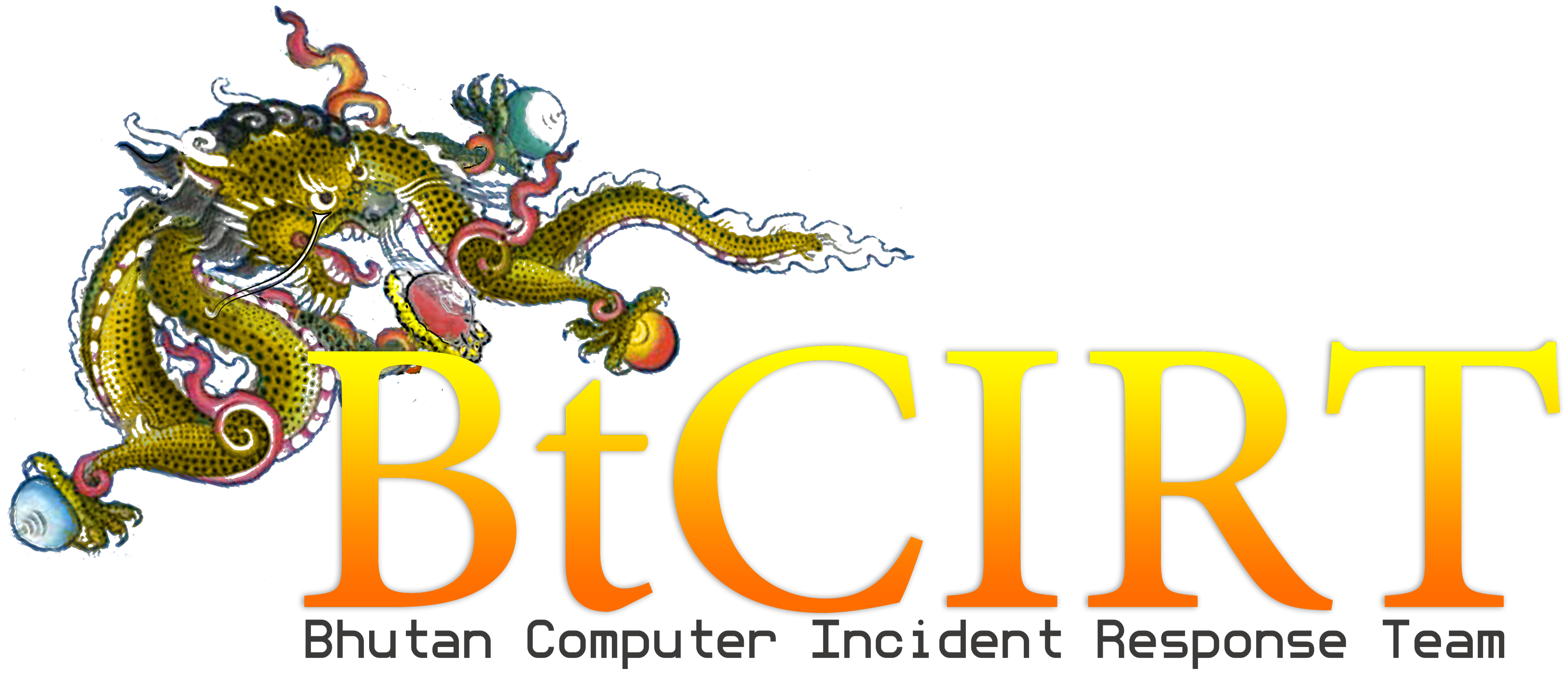DoS/DDoS Attacks Denial of Service (DoS) is an attempt to make resources like web site/ services/ App/network etc. unavailable to its legitimate user by exhausting the resource to provide service, with too many request (or related manipulations). DoS is performed by single user or using single device, which makes it difficult for attacker with increasing strength of Servers. DDoS(Distributed Denial of Service) works on the same fundamental as DoS but combines strength of multiple compromised machines to attack single victim, thus completely crashing down or gaining complete control of the system resulting to hosted services being unavailable to legitimate...
SQL INJECTION
SQL INJECTION SQL vulnerability ranks at top of the list in our government constituency. It has, therefore, become quite paramount for the team to come up with an article to help ourselves protect our priceless application from getting victimized in the Internet space. SQL(Structured Query Language) Injection is a technique where malicious code is injected into an SQL statement from web page input that can alter SQL statement compromising the security of a web application. This happens when user inputs are not validated. Mitigation of this vulnerability is much more complex than just applying the Security patch, since it...
DoS/DDoS Attacks
...
Protecting Privacy on the Internet
Bhutan is undergoing a major shift with regards to its technological infrastructure. With the advent of mobile technology and subsequently 3g services, the number of online users have skyrocketed in recent times. However, the general public at large are unaware of basic steps to ensure privacy online. The Global Cyber Security Centre (Capacity Centre) at the University of Oxford had partnered with the World Bank to provide an assessment of the existing level of cyber-security capacity in the country in 2015. The assessment conducted reveals cyber-security capacity within Bhutan especially in the area of privacy online is still at...
Basic Network Security. Tips for Home Users
Most households now are connected to internet with devices like laptops, tablets, smartphones, gaming devices and TVs accessing wireless networks. First step to keep your home safe from cyber threats is to keep internet-enabled devices running latest (updated, “patched”) operating system, web browsers, security, and other software. Although Wireless technology has made easier for multiple devices to connect to internet, your network could be used to commit cyber crime if you don’t secure your Network and Network devices. Most of the router (gateway to internet) are preconfigured at the factory and are ready for connecting to internet, however default...
